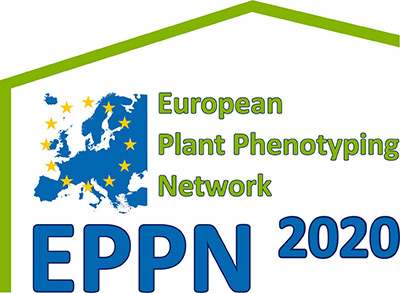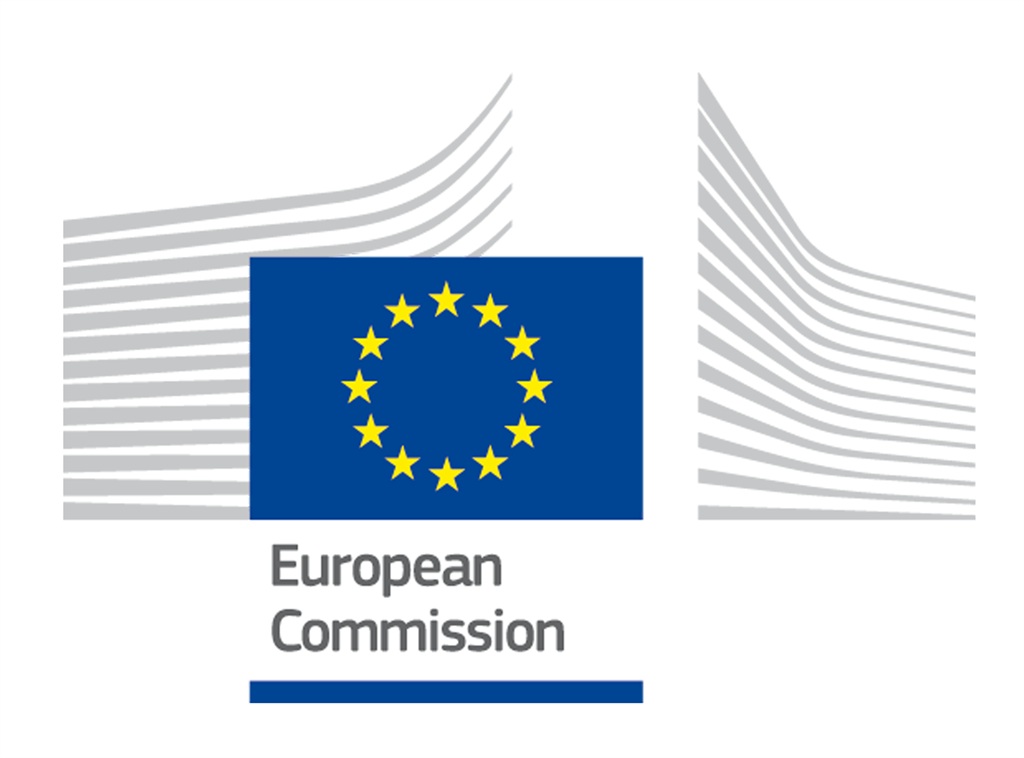Joint Research Activity 2 (JRA2)
Design and analysis of phenotyping experiments across multiple platforms, scales of plant organisation, traits and management conditions
Joint Research Activity 2 develops tools for statistical analysis of phenomic experiments across platforms and scales of plant organization. The activities will allow the phenomic community to progress towards standardized statistical analyses and will facilitate the combined analysis of data coming from multiple platforms and measurement scales.
Within the Joint Research Activity 2 we have three main tasks:
- The first task is to provide statistical quality control and annotation protocols for phenomic data.
- The second task is to develop statistical design and analysis protocols for single and multiple platform experiments.
- The third task is to develop integration procedures for data from multiple platform and field experiments.
|
Leader: Fred van Eeuwijk (WU) |
+31 317 482902 |
Main activities
At the start of EPPN2020, there was a clear demand for a unified set of tools and methods to analyse platform data. The diversity of phenotyping techniques and the increasing amount of data points available made it difficult for platform users to directly apply designs, models and analysis methods originally developed for field trials. Hence, we made an inventory of the platform layout and the type of data generated. To do so, we visited 17 installations at 8 partners. During these visits, the partners described their work using their installations and we gave feedback and advice from the statistical point of view.
Based on the survey and the first datasets collected, a first protocol for outlier identification was set up concentrating on outlying observations for a plant or plot in a time series and for outlying plants within a genotype. We provided advice concerning experimental designs for several platforms upon request and started to analyse platform data that partners have sent, incorporating terms for design features and spatial variation using the packages SpATS and ASReml. We also identified statistical designs to be included in a design generator that VSNi has started to develop.
We work on a framework for modelling genotype by environment interactions and genotype by management interactions in the field and greenhouse. The description of this framework was published in a peer reviewed journal3.
A flexible model for spatial correction (SpATS)
Phenotyping facilities display spatial heterogeneity. For example, the spatial variability of incident light can go up to 100% between pots within a glasshouse1.
Correction for spatial trends is a prerequisite for precise estimation of genetic and treatment effects. Popular mixed models to separate spatial trends from treatment and genetic effects rely on the use of autoregressive correlation functions defined on rows and columns (AR1×AR1). An attractive alternative is the use of 2-dimensional P-spline surfaces: the SpATS model2. This model corrects for spatial trends, row and column effects and has the advantage of avoiding the model selection step. Platform measurements are often taken over time. Spatial trends and pattern may change over time. We investigated the changes in spatial trends in time series data from platforms by fitting SpATS models to individual time points and then comparing the fitted spatial trends over time as well as the genetic signals as a function of time .
An important conclusion was that methods to correct for spatial trends in field trials are also effective for the correction of spatial trends in platform data.

Raw plot data (A) are adjusted for experimental design factors and spatial variation (B). The results are adjusted genotypic means (best linear unbiased estimators, BLUES) or predictions (best linear unbiased predictors, BLUPS) per time point and environment (C)3
References
1Cabrera-Bosquet, Llorenç et al. (2016). High-throughput estimation of incident light, light interception and radiation-use efficiency of thousands of plants in a phenotyping platform. New Phytologist 212.1, pp. 269–281.
2Rodrı́guez-Álvarez, Marı́a Xosé et al. (2018). Correcting for spatial heterogeneity in plant breeding experiments with P-splines. Spatial Statistics 23, pp. 52–71.
3van Eeuwijk, Fred A. et al. (2018) Modelling strategies for assessing and increasing the effectiveness of new phenotyping techniques in plant breeding. Plant Science (https://doi.org/10.1016/j.plantsci.2018.06.018)

